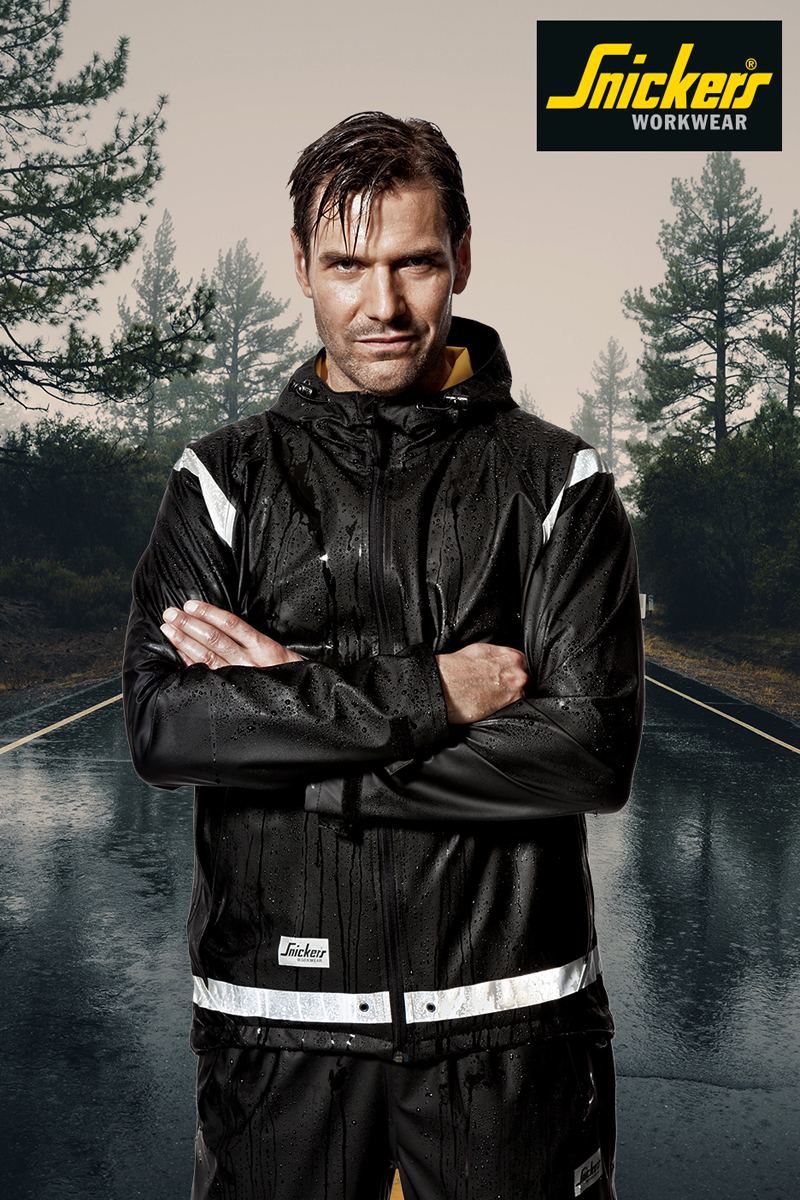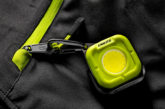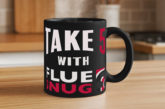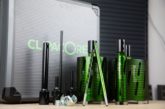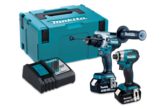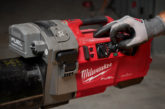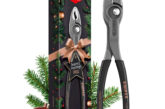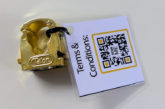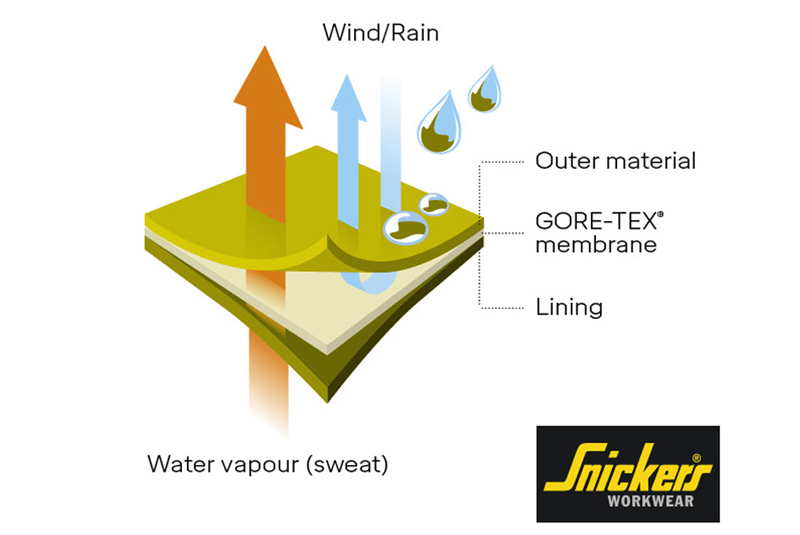
With winter fast approaching, installers should be ensuring that their workwear is suitable for the less than ideal weather conditions. Peter Dumigan, Managing Director of the Hultafors Group UK, talks waterproof workwear.
It’s said that rain can affect your mood – it can definitely affect the way you work on site. It can also have a negative impact on your health and wellbeing and, if you haven’t got particularly effective rainwear, your mid and base-layer clothes will get damp and uncomfortable.
Apart from your clothes getting heavy, you can also get a rash from irritation through friction and moving around becomes much more tiring.
Your body can also lose heat – probably faster than you can generate it to dry your clothes out. That’s fine if you’ve been drenched by a sun shower when it’s warm, but if it’s cooler or even cold on site, your body temperature is going to drop.
Similarly, if you’re wearing damp or wet clothes for too long, bacteria and fungus from the air can multiply in the wet clothes environment and then run rampant on your skin, causing rashes and irritation.
Stay dry in the rain
Staying dry and comfortable on site is all about choosing the right type of rainwear for the job. Your choice depends on a variety of factors, from the type of rainfall to how intensely you’re working and how many hours you spend outside.
Here’s what to think about when dressing for wet weather work – not only jackets but trousers too:
*For 100% waterproof garments for a full day’s high-intensity work, choose a breathable waterproof garment with taped seams for maximum protection and breathability.
*For 100% waterproofness in low-intensity work in pouring rain, choose a PU garment with welded seams.
*For a basic protection against water, choose a garment that is water-repellent. The garment will keep you dry if it’s drizzling but still offers breathability.
Don’t forget that what you wear underneath your outer layer really matters:
*For high-intensity work, make sure your base- and mid-layer clothes can transport moisture.
*For low-intensity work or work in lower temperatures, you might need to add an extra layer to build warmth.
‘Waterproof’ or ‘water-repellent’?
When it comes to ‘water protected’ workwear it’s important to know what’s behind each of the terms. They are different.
A waterproof garment is the most effective protection in rainy weather. This kind of waterproof fabric consists of an outer layer called the “face fabric”, usually made of polyester with a laminated membrane or a coating that prevents water penetration.
It’s achieved by sealing the internal fabrics completely from external conditions. All seams and cut lines are taped or sealed to stop the water coming through the stitched areas of the fabric.
Water-repellent garments only offer basic protection against the effects of water, but at the same time provide great breathability to ventilate your body when you’re active.
Water-repellent protection is achieved by using a hydrophobic fabric, which means that the water is repelled on contact. The fabric is treated with a DWR (Durable Water Repellent) finish that causes the water to form drops on the surface of the fabric that run off or can be brushed off easily.
Choosing the right waterproof workwear
To choose the right kind of waterproof workwear, check the details of the weather forecast. Is there a risk of heavy rain, showers or drizzle? And then think about your working day. Will it be low-intensity or more active?
Finally, how long will you be exposed to the wet weather – minutes or hours? Naturally, longer shifts will put more demands on your working clothes and the waterproof technology used in the garments, which is why you need to consider whether you should be wearing waterproof or water-repellent clothing.
For longer exposure or, if you need 100% protection on site in the rain, look for our GORE-TEX jackets. These highly technical garments are extremely durable, with a membrane that has over 1.4 billion pores per square cm. They’re waterproof to keep you dry, windproof to keep you warm, and breathable to keep you comfortable throughout the day.
For quick and reliable protection when it’s raining or if your work is less active, choose our PU garments which have EN 343 certification for Protection against Foul Weather. This accreditation validates the garment’s performance in the rain through independent testing.
Also, don’t forget about ventilation – your clothes’ breathability is as crucial for your comfort as the outer-layer protection against water. Clothes with good breathability transport sweat away from the skin.
Make it a habit of checking the breathability features of the garments you buy. Breathability can be achieved in two ways; either the breathability of the fabric itself, such as our 37.5 sports fabric, or built-in ventilation functionality such as zippers or meshed fabric areas at the sides and back of the garments.
Whatever the rain may do to dampen your spirits, as far as your work clothes are concerned, by choosing the right workwear, you can work effectively and comfortably all day long.
